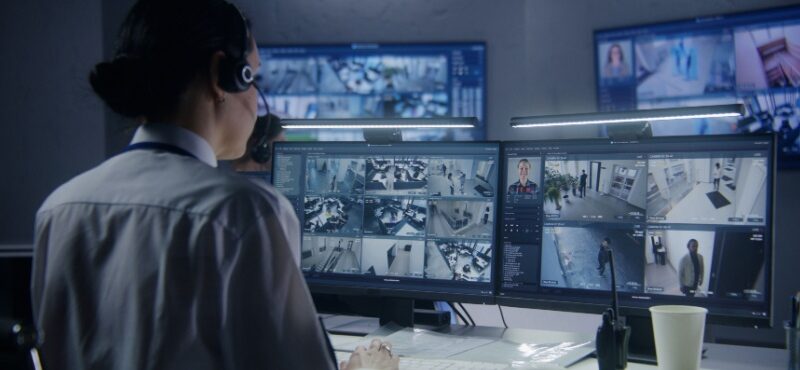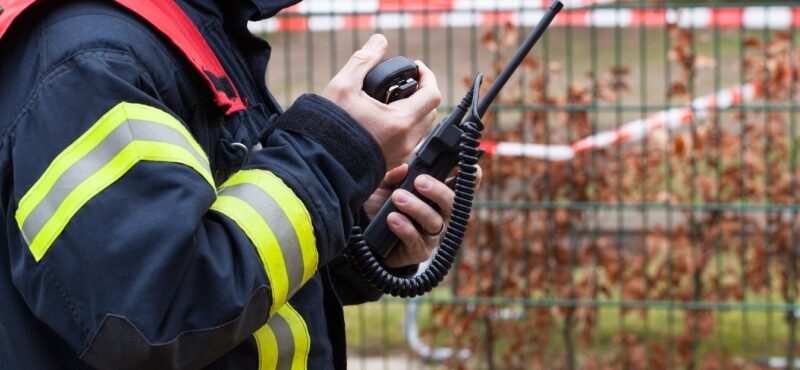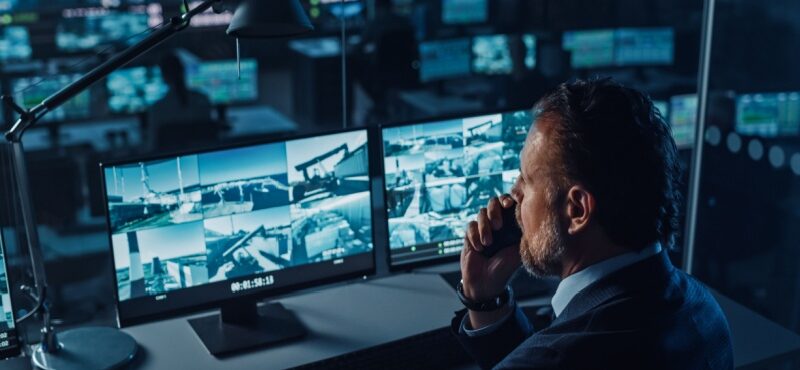As technology advances, security systems are evolving to become more intelligent and interconnected. Video surveillance is no longer just about recording footage—it has become an integral part of a broader network that includes smart communication systems. This integration allows for real-time monitoring, faster responses, and enhanced situational awareness, transforming how businesses and organizations approach security. By combining advanced video surveillance capabilities with seamless communication tools, modern security systems are now more proactive, efficient, and most importantly, effective.
The Role of Video Surveillance in Modern Security
Video surveillance remains a cornerstone of security, providing critical tools for monitoring and incident detection. Modern surveillance cameras are equipped with high-definition video, motion detection, and remote access, making them more powerful than ever. These features are elevated when connected to communication systems, enabling immediate alerts and real-time coordination. For example, cameras can detect unauthorized activity and send instant notifications to security personnel, who can then respond quickly through two-way radios or mobile devices. This interconnectedness creates a faster and more efficient approach to managing security threats.
The Power of Integration: Video Surveillance and Communication Systems
The integration of video surveillance and communication systems enhances security across various industries. In commercial businesses, these systems help prevent theft, monitor access points, and manage safety protocols. For hospitals and healthcare facilities, they improve patient and staff safety by ensuring rapid responses to incidents. Educational institutions benefit by addressing campus security concerns and providing better tools for managing emergencies. In industrial and construction environments, integrated systems help secure valuable equipment and monitor worker safety in real time. Across these industries, combining video surveillance with communication tools creates smarter, more reliable solutions to keep people and assets secure.
Advancements Driving the Future of Security
Advanced technologies are driving the future of security systems. Artificial intelligence (AI) is a significant development, enabling surveillance cameras to detect suspicious behavior, recognize faces, and predict potential threats. These AI-driven tools work seamlessly with communication systems, providing accurate alerts that reduce false alarms and improve efficiency. The Internet of Things (IoT) is another transformative technology, allowing devices like sensors, cameras, and communication tools to connect and share data automatically. For example, sensors on doors can trigger cameras to start recording and send alerts to security teams through radios or smartphones. Cloud-based platforms further enhance integration by enabling organizations to store and access surveillance data remotely, ensuring continuity and accessibility even during critical incidents.
Benefits of Integrated Security Systems
The benefits of integrated security systems are substantial. Traditional security measures often react to incidents after they occur, but integrated systems are designed to detect and prevent threats proactively. This shift toward proactive security minimizes risks and improves overall safety. Integrated systems also enable faster responses, as real-time alerts and seamless communication allow teams to act immediately when a threat arises. Additionally, these systems offer cost efficiency by streamlining operations and reducing the need for multiple standalone solutions, ultimately saving organizations time and money.
Building Smarter Security for Tomorrow
The integration of video surveillance with smart communication systems represents the future of security. By combining advanced monitoring capabilities with real-time communication tools, businesses and organizations can create proactive, efficient, and comprehensive security solutions. Whether it’s protecting assets, ensuring public safety, or managing emergencies, integrated systems provide the tools needed to address modern security challenges.
For tailored security solutions that combine cutting-edge surveillance with smart communication systems, Highland Wireless offers a range of products designed to meet the needs of various industries. Contact Highland Wireless now to learn how our technologies can enhance your security and protect what matters most.





